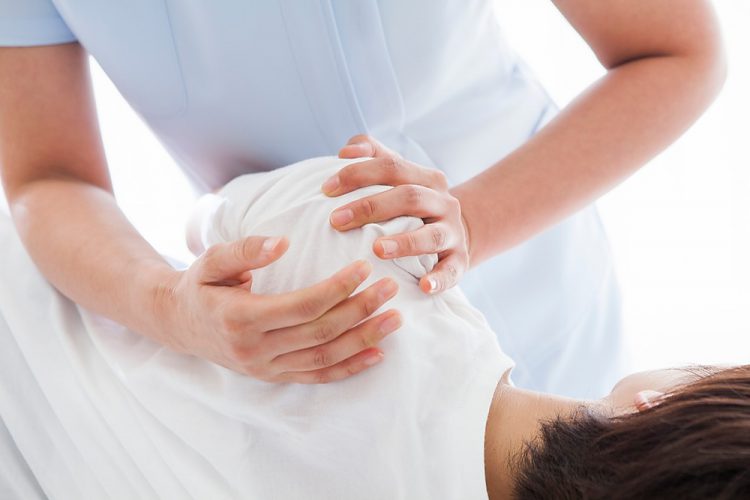
Rotator cuff: tendinopathies and tears

Shoulder pain affects 67% of the population. 69% to 85% of those cases are linked to a rotator cuff issue. The terms “tendinopathy” and “tear” are often used to describe these afflictions. Although the word “tear” is often associated with surgery, that does not reflect the reality most of the time.
Anatomy
The rotator cuff is a group of four muscles in the shoulder whose role is to produce outward rotation of the shoulder. These muscles also help hold the shoulder together, by keeping the humeral head in its socket and providing it with dynamic stability. The 4 muscles of the rotator cuff are: the supraspinatus, infraspinatus, teres minor, and subscapularis.All these muscles have their origin in the scapula, and are attached to the front of the shoulder. They are attached by tendons, hence the terms tendonitis and tendinopathy. The simultaneous contraction of these muscles enables adequate, pain-free movement of the shoulder.
Mechanism of injury
Tendinopathies are usually caused by repetitive movements. The shoulder is used more during movements far from the body and above the shoulders (more than 90 degrees). This type of pathology may also arise from a rapid load increase during training or an abnormally intense physical effort. It can also result from micro-tears in the muscle or tendon.
Treatments/Procedures
It has been proven that conservative physical therapy treatment is very beneficial. Indeed, targeted strengthening is critical: it is the key to rehabilitation. Appropriate exercises will retrain the shoulder to move properly and allow for pain-free range of motion. Muscle and tendon techniques, orthopedic manual therapy, ultrasounds, postural adjustments, taping, shock wave therapy, adjustments to the work station and even dry needling can help restore function.
Despite the presence of tears, surgery can usually be avoided. If surgery turns out to be necessary, studies show that physical therapy both before and after surgery can aid in post-operative recovery.
Your physical therapist will know how to guide you in evaluating your condition throughout your recovery process. He will be in a position to refer you to the right person at the right time.


